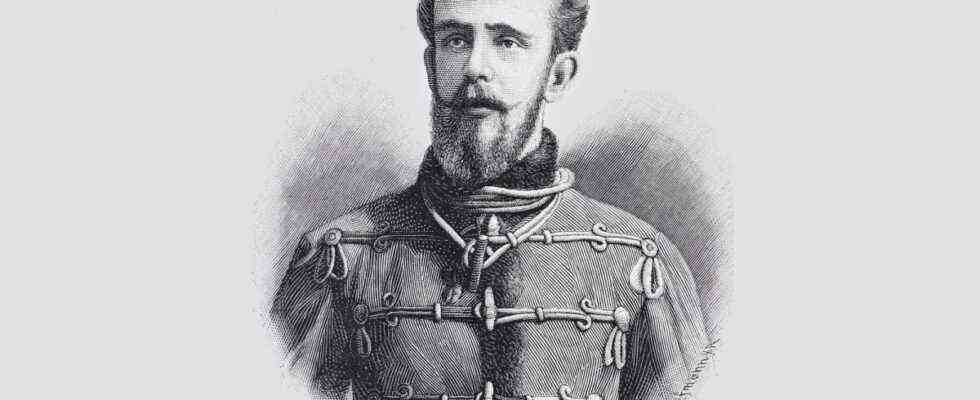The other day I skipped half a working day in Vienna and went out to Mayerling in the Vienna Woods. The small town lies quietly and modestly in a narrow depression and would not be worth mentioning if it weren’t for the former hunting lodge, as everyone in Austria knows, in which Crown Prince Rudolf first shot Mary Vetsera and then himself in January 1889 Has (Read more about this in the text “I’m going over happily”). Immediately after the extended suicide, Emperor Franz Joseph I ordered it to be converted into a monastery; Today the Carmel of St. Joseph houses the Discalced Carmelites.
I just wanted to get a little out of the hot city and was also rather unclean when it came to this part of Habsburg history. What do you know as a mediocre well-read German: There was an heir to the throne who shot himself while his cold-hearted, anorexic mother pursued her quirks and body cures and the father ruled a great empire with a hard hand. In fact, some of what I learned on the small country trip can easily be transferred to the present day and politics as we know it.
You learn what reason of state means
In the only part of the building, which is almost completely preserved from the former Mayerling Castle, in the tea pavilion, you can visit a small exhibition that is as interesting as it is depressing. On the one hand, I learned that the poor guy went through an ordeal as a child. And because since the recent “revelations” by the Salzburg plagiarism hunter Stefan Weber on a popular science book by the green candidate for Chancellor Annalena Baerbock in Germany, I know that you cannot cite five lines from a freely accessible source without saying where you are from Wording has (read more about this here), I’ll say it right away: The following quotes are from the information boards in the museum.
After that has been clarified, back to Rudolf: Father Franz Joseph had ordered a “courageous and strong soldier” to be made out of the little boy, which is why he was tortured with cold water cures to “harden” him, woken up at night with gunshots, and in the Lainzer Tiergarten Wild boar was locked up and had to exercise for hours in wind and weather. Just like, for example, in the biographies of Friedrich II. Or Prince Charles with all the drastic hardening methods and the emotional coldness, in sunlit Mayerling you very quickly get an idea of what raison d’être means.
132 years and many milestones
Apparently the terror did not lead to the desired success, Sisi’s son became depressed and the tutor changed. Indeed, Rudolf later developed into a naturalist, explorer, journalist, political thinker, and critic of the monarchy – embarrassing hobbies and dangerous tendencies in the eyes of the court. At least as revealing as his youth, however, is his end: The suicide, which was not allowed to be, was denied, poor, dead Mary Vetsera was taken away in a carriage sitting and dressed in the middle of the night, and the media was flooded with fake news: ” The concealment and hushing up of the background became a principle. The Viennese court, which initially denied the Crown Prince’s suicide version, destroyed decisive documents, covered many traces and wrested a lifelong vow of silence from contemporary witnesses, contributed to the creation of the legend. ” The reason of state “forced disinformation”.
It has been 132 years since then, there is social media and chat logs and Committees of inquiry and independent courts and free, secret, equal elections. So many milestones. But we still have to work on the issue of disinformation.
This column will also appear on July 2, 2021 in Austria newsletterwhich bundles the reporting on Austria in the SZ. Register now for free.

